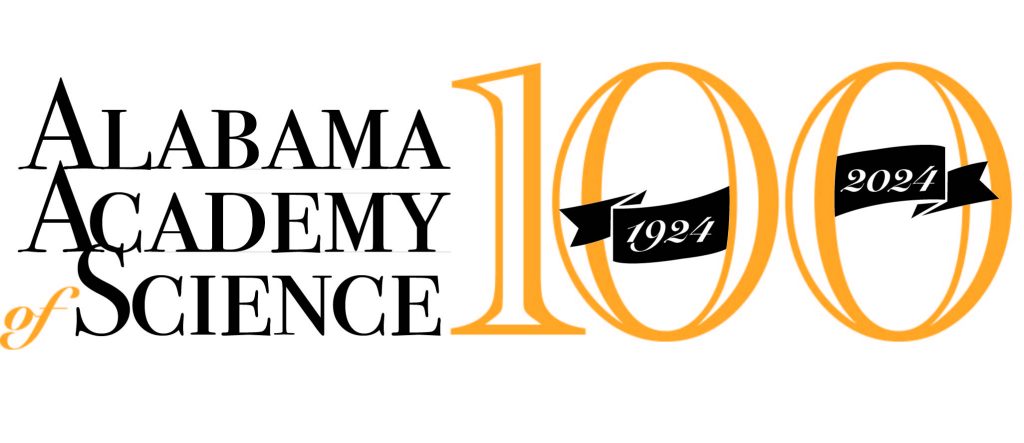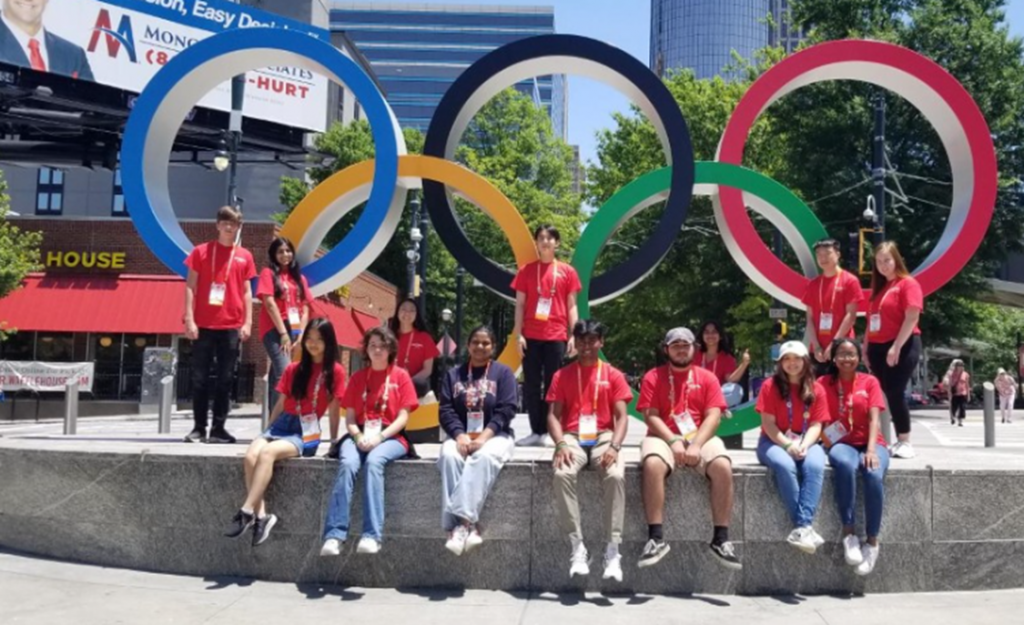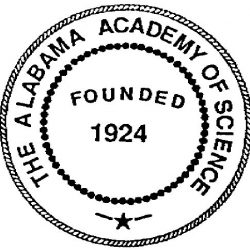Past Meeting Program Book Archive
THE 100TH ANNUAL MEETING OF THE AAS WILL BE MARCH 8TH, 9TH, AND 10TH, 2023 AT SAMFORD UNIVERSITY!
Start preparing your abstracts!
Start preparing your abstracts!
Abstract submission will open on November 1st, 2022, and will close on February 1st, 2023.

Team Alabama Press Release – Intel International Science and Engineering Fair (ISEF)
Sixteen students from across Alabama attended the 2022 Regeneron International Science and Engineering Fair (ISEF), held May 8-13 in Atlanta, GA. More than 1,700 students from 80 countries, regions or territories competed for prizes in the event.
Fifteen of the students from Alabama had earned the right to compete at this prestigious event by winning a top prize at their regional or at the state science fair. The other student attended as student observer.


Awards won by the students included four category and five special awards – this was a very good year!
Special Awards:
Full Scholarship from King Fahd University of Petroleum and Minerals (KFUPM) and a $400 cash prize
EGSD010 — Generating Energy From Wheel Motion by Designing a Hybrid 3D-Printed Triboelectric Nanogenerator
- Naeim Mahjouri, Auburn High School, Auburn, AL, United States of America
National Oceanic and Atmospheric Administration – NOAA Judges’ Award
ENEV037 — A Mechanism Utilizing Renewable Energy for Eliminating Aquatic Trash in Waterways That Does Not Contribute to Global Warming and Air Pollution
- Dakota Katlyn Perry, WP Davidson High School, Mobile, AL, United States of America
National Security Agency Research Directorate Third Place Award “Cybersecurity”
ROBO034 — Recognition of American Sign Language (ASL) Trigger Words Using RF Sensors in Combination with Deep Neural Networks
- Catherine Kung, Indian Springs School, Vestavia, AL, United States of America
Patent and Trademark Office Society Second Award of $500
EGSD010 — Generating Energy From Wheel Motion by Designing a Hybrid 3D-Printed Triboelectric Nanogenerator
- Naeim Mahjouri, Auburn High School, Auburn, AL, United States of America
The Chief of Naval Research Scholarship Award of $15,000
EBED039 — Portable and Modular Spectral System for Material Characterization
- Ashwin Prabhakar, Bob Jones High School, Madison, AL, United States of America
| Wolfram Research, Inc. |
| Mathematica software for all Intel ISEF Finalists and Observers |

Category Awards
First Award of $5,000
CELL010 — Attenuation of Adipocyte Hypertrophy in a Palmitic Acid-Induced 3T3 Cell Model Through Lupeol Treatment


BMED018 — Evolution of Oncogenic Signatures Within Glioblastoma Along a Spatiotemporal Axis
Mayu Nakano, Indian Springs School, AL, United States of America

Leo Shen, Auburn High School, AL, United States of America

Naeim Mahjouri, Auburn High School, AL, United States of America
AAS 2022 Paper and Poster Winners
Students who have not picked up their checks at the meeting will have them mailed next week. Congratulations!

